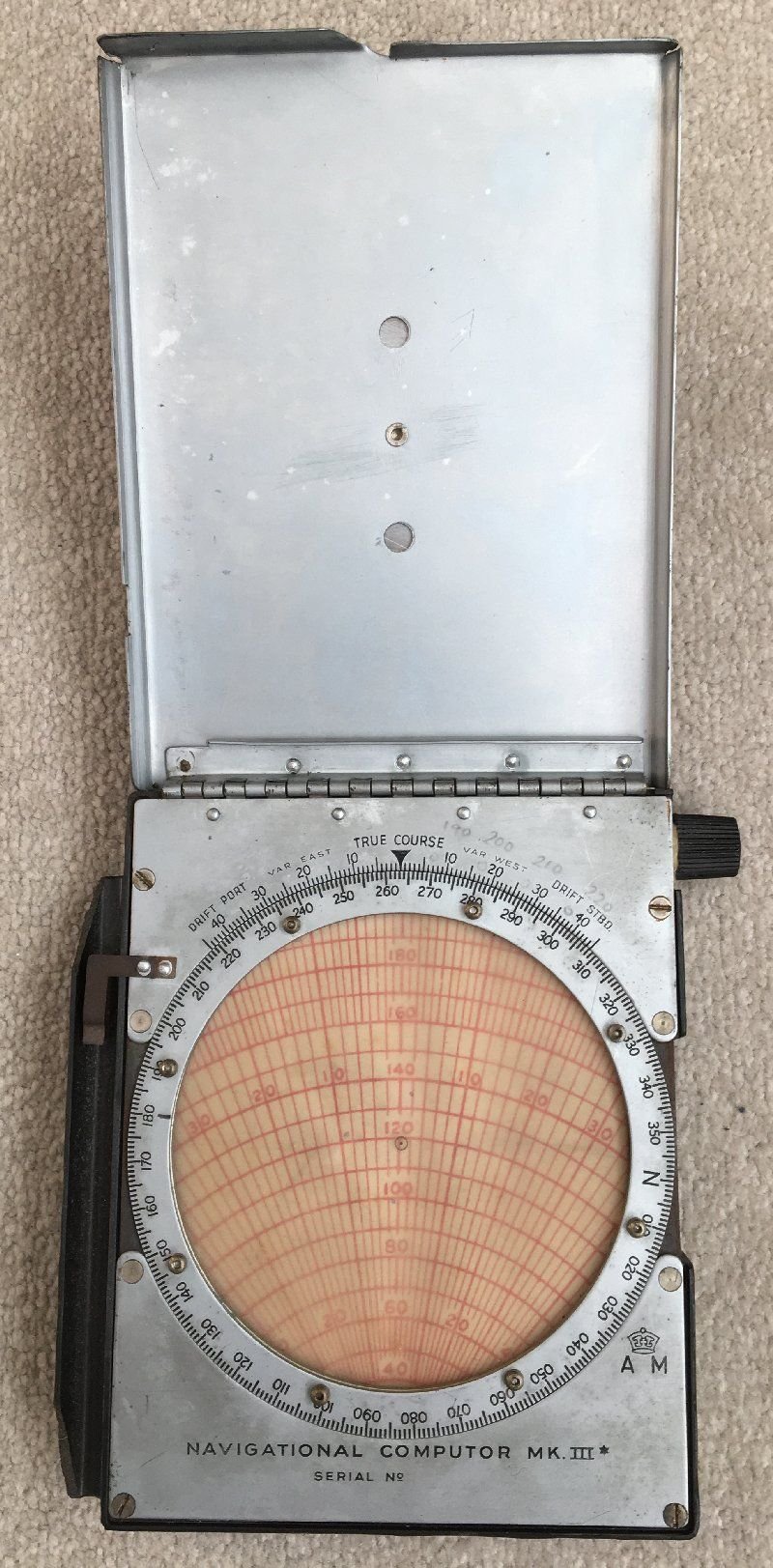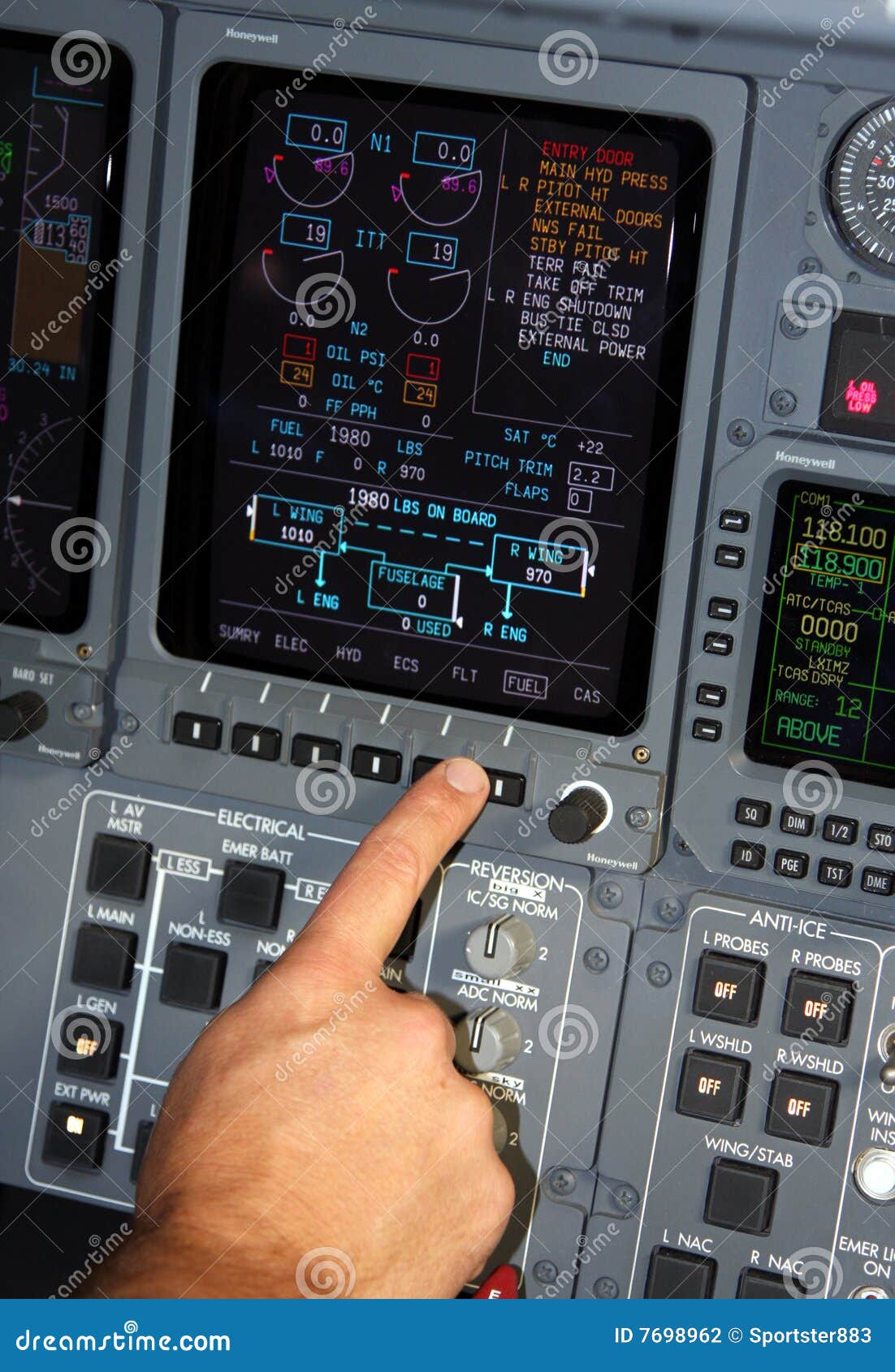

It is dedicated to performing all calculations related to pre-flight planning and in-flight air navigation. An E6-B Air Navigation Computer is a circular slide rule with a wind slide on the reverse side.
#AIR NAVIGATION COMPUTER HOW TO#
The book is self-help on how to use the E6-B Air Navigation Computer.

See Also:- Inside the World’s Busiest Air Traffic Control Tower Photo: Air traffic controllers work the Seattle Air Route Traffic Control Center in 2007. Adding even more capabilities on the ground and in the air should reduce future aerial gridlock and keep fliers safe. New technologies in recent years have also given pilots the ability to "see" other aircraft from the cockpit.įuture advances using technologies such as ADS-B are part of the next generation of air traffic control system.

With GPS and extremely precise radar, air traffic controllers today do a remarkable job of handling dizzying numbers of flights daily. By the end of 2000, all 20 of the regional centers had received the new equipment. The first of the new systems was installed at Seattle Center in 1998 (pictured above).
#AIR NAVIGATION COMPUTER SOFTWARE#
More than $1 billion was spent during the late 1990s to modernize the computers and software used by air traffic controllers around the country. Now air traffic controllers use a combination of radar, satellites and good old-fashioned eyesight to keep track of more than 85,000 flights a day in the United States. But it was after the war that air traffic control began to resemble what we see today with the implementation of radar.

Numerous control towers and airway radio-reporting centers had been established around the country by the end of World War II. Instead, controllers simply used a blackboard and maps with small models to estimate the location of airplanes as reported from airports, radio operators along the routes and the airlines themselves. There wasn’t even direct communication with the aircraft. The first air traffic control center was established in Newark by 1936, the same year the federal government took over control of the airway traffic.Īlso in the early days, there was no radar to keep track of flights. But by 1926, the United States started to implement rules for air traffic, and by 1930 the first radio-equipped control tower was installed in Cleveland.īy the mid-1930s there were several control towers, and a handful of airlines agreed to start coordinating their flights to and from Chicago, Cleveland and Newark airports. There simply weren’t enough of them in the air, and pilots tended to fly when conditions allowed them to see each other if they should be sharing the same airspace. In the early days of aviation, controlling where airplanes were flying wasn’t a problem. Earlier in that same first week of 2000, a similar kind of computer problem shut down air traffic control in New England. Turns out it wasn’t about the extra two digits, but simply a good old-fashioned software problem. One of the major Y2K fears was that air traffic control computers wouldn’t be able to handle the big 2000. Interestingly, this air traffic gridlock was apparently unrelated to the fear that had gripped the country just a week earlier. On that day, hundreds of flights from Boston, New York, Philadelphia and Washington, D.C., were directly affected, and soon flights around the country experienced related delays. So instead of handling hundreds of flights per hour, the system grinds to a crawl that ripples throughout the country as delayed flights stack up.


 0 kommentar(er)
0 kommentar(er)
